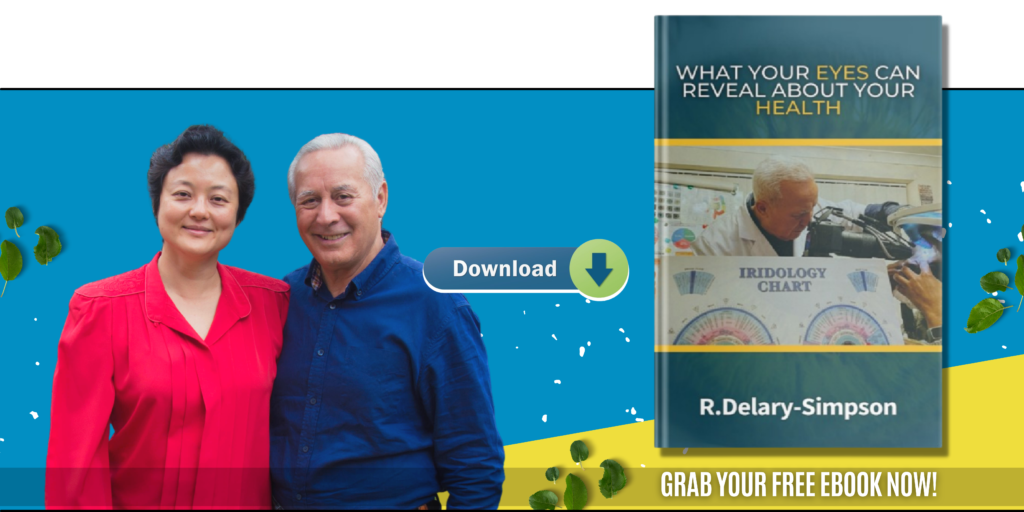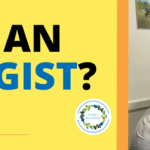Hyperglycemia and hypoglycemia in Type 1 diabetes
High blood sugar is hyperglycemia and low blood sugar is hypoglycemia. They are both prevalent in individuals with type 1 diabetes and may prove harmful without treatment.
In type 1 diabetes, the body has stopped producing insulin that is required to regulate blood sugar. Individuals living with type 1 diabetes should pay careful attention to the balance of insulin, food, and exercise to maintain blood sugar at acceptable levels. This balance may be disrupted by excessive or insufficient insulin, a skipped meal, stress or illness, resulting in hyperglycemia or hypoglycemia.
This article shall define hyperglycemia and hypoglycemia, its causes, its symptoms, its complications, and what to do about it.
If you’ve ever asked yourself, “Will my diabetes ever go away?” you’re not alone. In this honest and informative video, we tackle this important question, explaining what remission really means.
We’ll also share practical steps that could help you improve your condition and live a healthier, more vibrant life. Whether you’re seeking hope, answers, or simply a clearer understanding, this video offers the guidance and encouragement you need. Tune in and take the next step on your journey to better health.
Watch our video to learn “Will My Diabetes Ever Go Away?”
What Is Hyperglycemia?
Hyperglycemia refers to excessively high blood sugar. This normally occurs in type 1 diabetes when the body does not have sufficient insulin to carry sugar off the blood into the cells where they can be used up as energy sources.
Common Causes of Hyperglycemia
- Missed Insulin injections
- Consuming too much carbohydrates than is intended
- Sickness, infection or stress (which raise blood sugar)
- Insufficient exercise
Symptoms of Hyperglycemia
- Extreme thirst
- The frequent urge to pee
- Blurred vision
- Fatigue
- Headache
- Difficulty concentrating
An overly prolonged persistence of blood sugar can cause diabetic ketoacidosis (DKA), a risky state that may be fatal.
Warning Signs of DKA
- Vomiting or Nausea
- Abdominal pain
- Fruity-smelling breath
- Rapid breathing
- Confusion
DKA is a health crisis, and a visit to the hospital is a must in case you suspect it.
What Is Hypoglycemia?
Hypoglycemia indicates that the level of sugar in the blood is too low, typically less than 70 mg/dL (3.9 mmol/L). Insulin reduces blood sugar and thus, when one takes too much insulin or skips meals the sugar can reduce to an unhealthy level.
Common Causes of Hypoglycemia
- Excessive insulin
- Skipping or delaying meals
- Decreased food intake
- Excessive physical activity
- Alcohol (when consumed without food)
Symptoms of Hypoglycemia
- Shakiness
- Sweating
- Hunger
- Irritability or mood changes
- Fast heartbeat
- Light headedness or dizziness
When blood sugar levels are extremely low, an individual may faint or go into seizure- this is a medical emergency that has to be treated immediately, i.e. through an emergency glucagon injection.
How to Treat Hyperglycemia
- Using the right dosage of fast-acting insulin
- Staying hydrated by drinking water
- Testing of ketones in the urine (particularly in the event that the blood sugar exceeds 240 mg/dL 13.3 mmol/L)
- Avoiding high-carb foods until the blood sugar is normal
- Monitoring of blood sugar levels
Contact a doctor immediately in case the sugar level in the blood is elevated even with the use of insulin or when you experience vomiting, nausea, or ketones.
How to Treat Hypoglycemia
The treatment of mild to moderate hypoglycemia is done with the aid of the 15-15 rule:
- Eat 15 grams of fast-acting carbohydrate, such as:
- 1/2 cup of non-diet soda
- 4 tablets of glucose
- 1 tbs of honey
- Wait 15 minutes and measure your blood sugar once again.
- Repeat using 15 grams of fast-acting carbohydrate again in case it is still low.
When the level of blood sugar returns to normal, have a small snack if the next meal is more than an hour later.
When a person becomes unconscious or stops being able to swallow, severe hypoglycemia requires emergency intervention as a glucagon injection or nasal spray and one should call 999 (or emergency services).
Why Blood Sugar Swings Happen
Type 1 diabetics lack a functional pancreas that would naturally keep their sugar level in balance. Instead, they should balance insulin, meals, activity and stress which can change day by day. Even despite the optimal planning, hyperglycemia or hypoglycemia may occur.
Some of the triggers are:
- Illness (which increases the blood sugar)
- Stress (that causes the release of hormones that increase blood sugar)
- Working out (which may reduce sugar, several hours after)
- Alcohol (having a delayed hypoglycemia effect)
- Changes in the level of hormones (e.g. puberty or menstruation)
Preventing Hyperglycemia and Hypoglycemia
You cannot always prevent highs and lows, but there are effective methods that help you to decrease their occurrence:
- Monitor and test blood sugar levels regularly (pre and post meals, pre and post exercise)
- Use a continuous glucose monitor (CGM) if available
- Change insulin doses under direction of your diabetes team
- Have well-balanced, regular meals
- Count carbs correctly
- Prepare a sick-day strategy when you are sick
- Keep fast acting sugar like glucose with you all the time
Long-Term Complications
Repeated hyperglycemia of months or years can harm:
- Eyes (retinopathy)
- Kidneys (nephropathy)
- Nerves (neuropathy)
- Blood vessels (causing heart disease or stroke)
Severe hypoglycemia may be hazardous in the short-term, lead to mishaps, passing out or even death in the event that it is not treated.
This is the reason why the leveling of the blood sugar is very important.
When to Call a Doctor
Call your healthcare provider if you have:
- Hemoglobin A1c levels of 7.0 percent or higher
- Your urine has moderate or large ketones in it
- Extreme low blood sugar that needs the assistance of other people
- Unexplainable mood swings
- Confusion, vomiting or breathing difficulties
It is possible to readjust your insulin with the help of your diabetes care group or to get some recommendations to get on track.
Watch our insightful video to learn the difference between “Diabetes vs Hypoglycemia“.
Conclusion
Hyperglycemia and hypoglycemia become a part of being type 1 diabetic. It is important to have knowledge about what they are, how they feel, their causes, as well as their treatment.
Hyperglycemia = the presence of excess sugar in the blood – fix it using insulin, fluids and ketone checks. Hypoglycemia = low sugar in the blood – restore it by eating fast-acting carbohydrates and use the 15-15 rule.
By keeping track, planning, and collaborating with your healthcare provider, you can enjoy a good life and prevent such blood sugar fluctuations to the minimum with type 1 diabetes.
This article is for educational purposes only and not a substitute for professional and personalized medical advice. Always seek diagnosis and treatment from a qualified healthcare provider, which is specific to your own case.
We offer both a Beginner’s Diabetes Introductory Course and an Advanced Course, These courses provide detailed explanations on managing or preventing Diabetes effectively. Investing in yourself and your body is crucial, as ultimately, everything else is materialistic. Feel free to explore our courses!
Discover the holistic approach to managing Diabetes in our FREE booklet ‘Best Ways To Treat Diabetes’. From this guide, you will learn the various treatments that can be done at home, foods to avoid and those you need to include in your diet, among other essential information. Download your FREE copy today and start the journey to take control of your life and prevent Diabetes.
Embark on a transformative journey towards better health when you purchase our book, “THE DIABETES SOLUTION: A 28 DAY ACTION PLAN FOR LOWERING BLOOD SUGAR NATURALLY”. A wealth of information derived from years of experience in helping people with Diabetes and other health issues can be found in our #1 bestselling book on Amazon. Drawing from a diverse clientele spanning continents and cultures, we have curated a comprehensive action plan rooted in natural remedies and time-tested practices. This book is an indispensable companion, whether you are Diabetic, Prediabetic or looking for preventive action. Give yourself the power to take control of your health and see remarkable results, from nutritious recipes to invaluable advice on living a healthy life. You will be guided by the “THE DIABETES SOLUTION” to a healthier and happier future!
To learn more about Diabetes, check out our other related blogs:
Which Type Of Diabetes Is Worse?
Why Am I Going To The Toilet Frequently?
Can you eat fruits with Diabetes?




